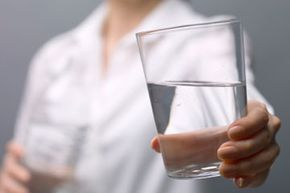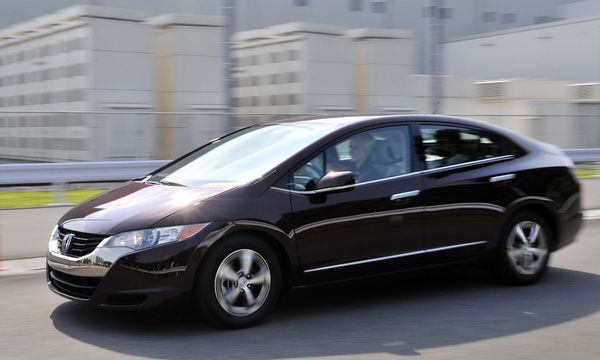In a way, HHO systems got their start in 1875, all because of author Jules Verne. In "The Mysterious Island," Verne wrote:
Fast forward about a century, and enter Australian Yull Brown, an avid inventor and Verne enthusiast. He claimed to have invented a way of separating the hydrogen and oxygen molecules in water using electricity, thereby allowing him to use the two elements for things like welding or automobile fuel. The fuel produced was referred to as HHO gas, Brown's Gas, hydroxy, or oxyhydrogen. HHO is simply shorthand for H2O, which contains two hydrogen molecules and one oxygen molecule.
Advertisement
And so, from Verne and Brown came the legend of the water-fueled car, and added to this is more than three decades of speculation, argument and refutation. Despite Brown's claims, the water-powered car is still the mechanical equivalent of the Sasquatch -- maybe it exists, maybe it doesn't, and much of its existence is based on faith.
The idea behind an HHO system is a relatively simple affair. The system uses electricity from your car's alternator to run an electrical current through water that's been infused with an electrolyte, usually a form of salt. The electricity breaks the bond between the hydrogen molecules and the oxygen molecules, and the hydrogen and oxygen are released as gases. These gases are collected and used by the engine as fuel.
The collected gas then is piped to the vehicle's engine and sucked in by the intake manifold. Accounts from manufacturers claim hydrogen is thousands of times more energy dense than fuel, and only a little is needed to fuel the vehicle. Once combusted, the hydrogen and oxygen recombine into -- you guessed it -- water.
While the water-as-fuel claim is no longer rolling, HHO believers claim the systems can be used to boost mileage anywhere from 50 percent to more than 200 percent, as well as to reduce emissions.
There are grains of truth in HHO systems -- but does it actually work?
Advertisement



